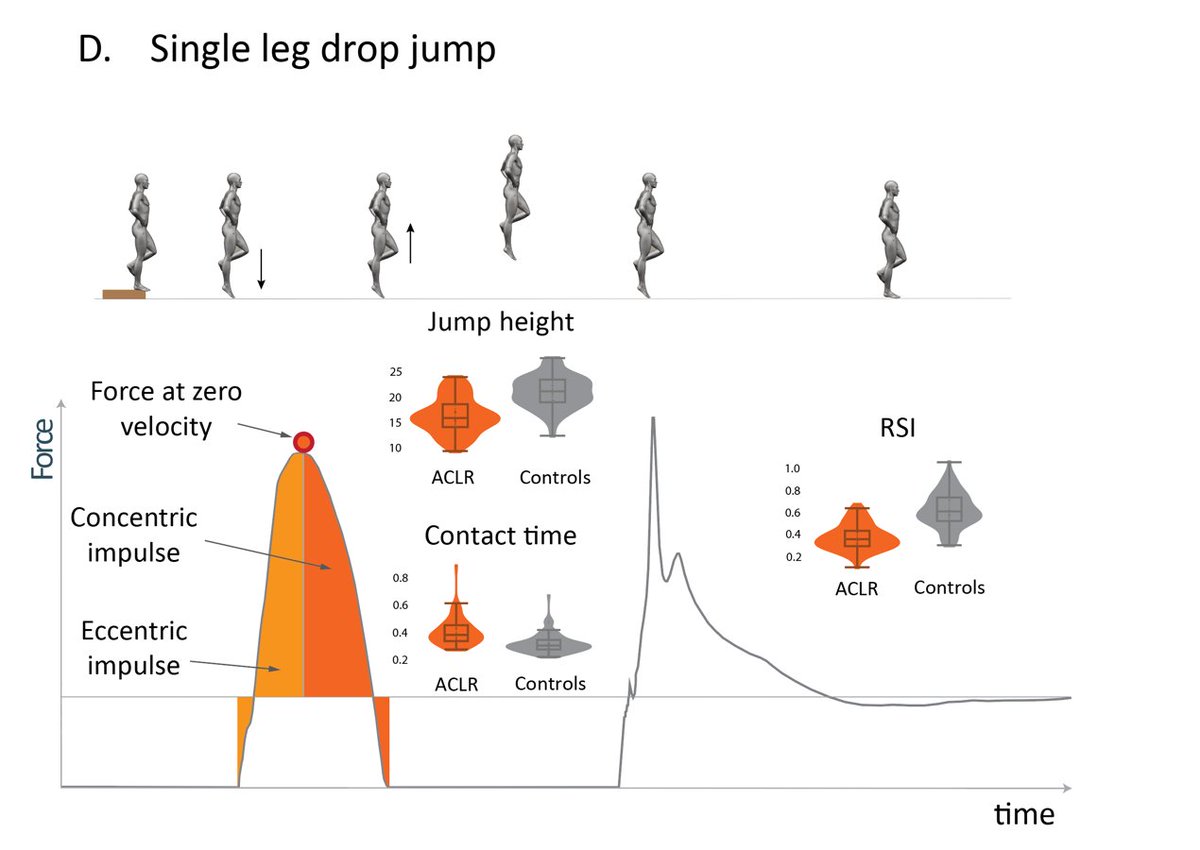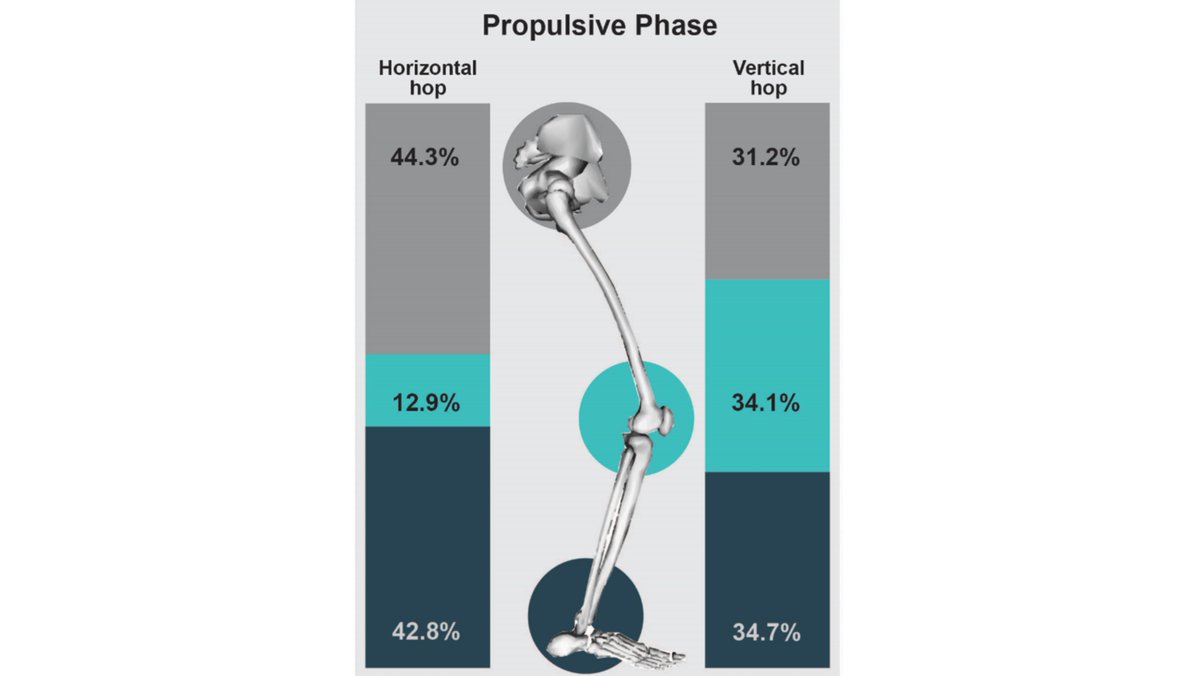Triple hop for distance as a decision to #RTS after #ACLR.
Symmetry in distance masks asymmetry in knee function! doi.org/10.1177/036354……
@AJSM_SportsMed @RodWhiteley @Aspetar
@RoaldBahr @KorakakisV @IJonkers
#onlineFirst Check this thread! 👇
Symmetry in distance masks asymmetry in knee function! doi.org/10.1177/036354……
@AJSM_SportsMed @RodWhiteley @Aspetar
@RoaldBahr @KorakakisV @IJonkers
#onlineFirst Check this thread! 👇
Why triple hop?
During many sports, it is unusual for an athlete to be required to make a single movement such as an isolated jump or hop.
Triple hop provides additional information about the patient’s ability to absorb and release energy during consecutive plyometric loading.
During many sports, it is unusual for an athlete to be required to make a single movement such as an isolated jump or hop.
Triple hop provides additional information about the patient’s ability to absorb and release energy during consecutive plyometric loading.

After #ACL reconstruction, at the time to return to sport athletes still have between limb differences for the knee work in all phases of a triple hop 

Athletes shift the demands away from the injured leg – lower limb work absorption and generation is less in the injured leg in all phases. A possible mechanism to reduce lower limb loading is the adoption of an upper body compensatory strategy. 

During both work generation phases of the triple hop, the relative contribution of the involved knee was significantly smaller, with a prominent compensation from the hip joint. 

Despite passing the discharge criteria with flying colours, athletes still present significant knee work differences between limbs. Knee work differences were more prominent during work generation (concentric phase) than during work absorption (eccentric). 

Still measuring hop distance?
Asymmetries in knee work during hops are not reflected in the hop distance.
Check these papers! 👇
bit.ly/3wRgDCJ
bit.ly/3mM8DOD
bit.ly/3IFOBzZ
Asymmetries in knee work during hops are not reflected in the hop distance.
Check these papers! 👇
bit.ly/3wRgDCJ
bit.ly/3mM8DOD
bit.ly/3IFOBzZ

Landing is the key!
Triple hop is probably the best to evaluate the ability of the knee to absorb high impact forces.
The GRF at the final landing is almost 3.5xBW!
Triple hop should be integral part of training after ACLR.
But using distance as discharge criterion is useless.
Triple hop is probably the best to evaluate the ability of the knee to absorb high impact forces.
The GRF at the final landing is almost 3.5xBW!
Triple hop should be integral part of training after ACLR.
But using distance as discharge criterion is useless.
There ARE other metrics, more sensitive, to evaluate knee function....
• • •
Missing some Tweet in this thread? You can try to
force a refresh


















